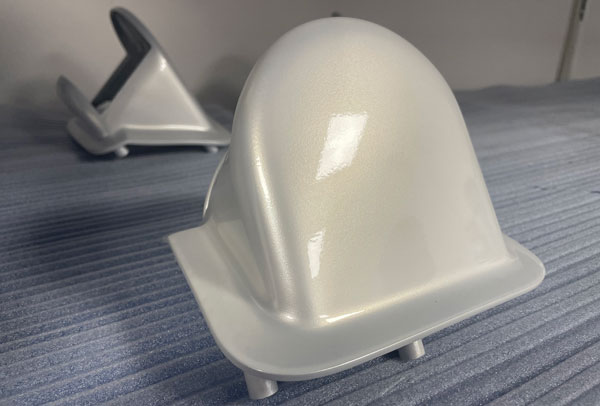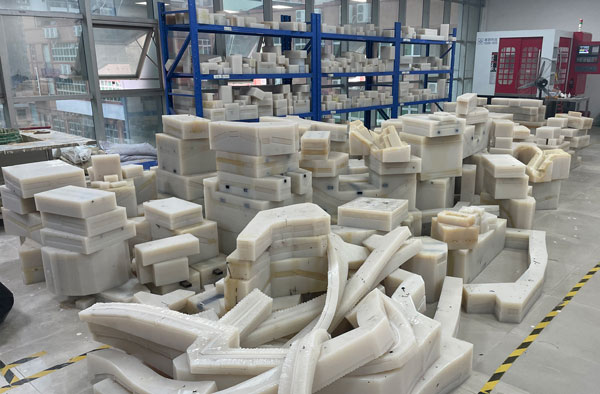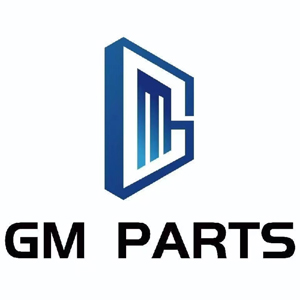Vacuum Casting Services
Vacuum casting is ideal for producing small quantities of parts, especially if aesthetics is important. It would be a quick and low-cost prototyping technology, which is referred as polyurethane casting or urethane casting.
It is a process in which liquefied material like molten metal, is poured into the cavity of a specially designed mold under the vacuumed condition via the vacuum machine. It may also be practical when your design requires undercuts and intricate details on the mold. As such, it is sometimes referred to as thermoforming because it involves rapid prototyping and the preheating of plastic sheets. Preheating occurs in the automated machine until the material is pliable and soft.

Processes of Vacuum Casting
The casting process is carried out under vacuum, mainly to facilitate the entry of the fluid into the mold cavity, thus avoiding the possible resistance of air that might remain inside.
- Making a 3D model of the master pattern using CAD software or 3D scanning.
- Creating the master pattern using 3D printing or CNC machining.
- Creating the silicone mold by pouring liquid silicone over the master pattern and curing it in an oven.
- Preparing the casting resins by mixing, degassing and coloring them.
- Pouring the casting resins into the silicone mold and placing it in a vacuum chamber to remove any air bubbles.
- Curing and demolding the cast part by heating it in an oven and peeling off the silicone mold
Advantages of Vacuum Casting
- Multiple parts can be used from the master pattern within 24 hours, which will minimize the prototyping stage of the product design and the expense of the new product development.
- It can be used to manufacture small batches of high-quality injection molding products for applications or limited-volume end-use pieces for a low stress, relatively benign environments.
- A broad range of vacuum casting resins is available for various uses, such as transparent, rubber, flame retardant, food-grade, and colored to meet your needs.
It may be cost-effective and faster for producing duplicate or consistent parts and prototypes fast with precision and fine detail.

Application of Vacuum Casting
This technique is applied in the commercial products industry extensively. There are some applications of it as followed.
- Automotive
It ensures complete insulation and protection of automobile parts, including stators, rotors, coils, and sensors, among others.
- Consumer products manufacturing
Vacuum casted products are cost-effective, durable, and hygienic, which is why they are valued in this industry.
- Electronic industries
Vacuum casted parts have excellent heat resistance. It is a preferred method for making housing s of electronic devices.
Prototypes and Parts Delivered Fast with 4 Simple Steps
Upload 3D Files
To start your project, simply fill in a few information and upload the 3D files.
Quote & Design Analysis
You'll receive a quote shortly, and we'll send you design for manufacturability (DFM) analysis if necessary.
Order Confirmation
Once you review the quote and place your order, we'll start the manufacturing process. We also offer finishing options.
Parts are Shipped!
Your prototypes or custom manufactured parts will be inspected and delivered straight to your doorstep.
